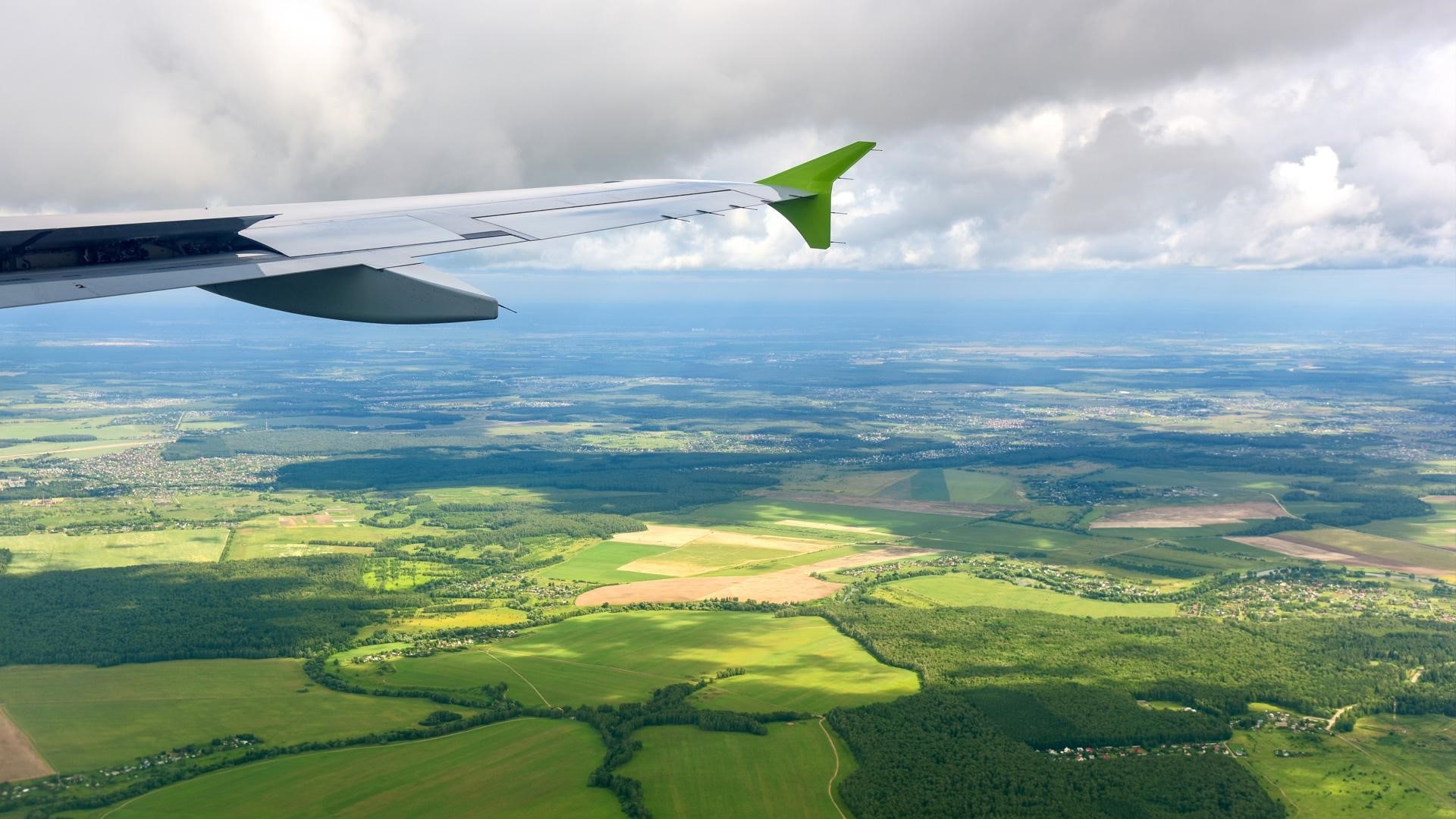
Aviation environmental regulations play a crucial role in reducing the impact of air travel on our planet. These rules ensure that airlines and aircraft manufacturers adopt greener technologies and practices. But what exactly do these regulations cover? They address everything from carbon emissions and noise pollution to fuel efficiency and waste management. Did you know that the aviation industry contributes about 2-3% of global carbon emissions? That's why international bodies like the International Civil Aviation Organization (ICAO) set stringent standards. In this post, we'll explore 18 key facts about these regulations, shedding light on how they shape the future of aviation. Buckle up and get ready to learn!
Key Takeaways:
- Aviation environmental regulations aim to reduce the industry's impact on the environment. They include measures like carbon offsetting, noise standards, and promoting sustainable aviation fuel.
- Technological advancements, such as electric and hybrid aircraft, are helping the aviation industry meet environmental regulations. However, challenges like high costs and global coordination remain.
Aviation Environmental Regulations: An Overview
Aviation plays a crucial role in global transportation, but it also has significant environmental impacts. Regulations aim to mitigate these effects. Here are some key facts about aviation environmental regulations.
-
International Civil Aviation Organization (ICAO)
The ICAO sets global standards for aviation safety, security, efficiency, and environmental protection. Established in 1944, it now has 193 member states. -
Carbon Offsetting and Reduction Scheme for International Aviation (CORSIA)
CORSIA is an ICAO initiative to stabilize CO2 emissions from international flights at 2020 levels. Airlines must offset emissions exceeding this baseline. -
EU Emissions Trading System (EU ETS)
The EU ETS includes aviation, requiring airlines to buy allowances for their CO2 emissions. It aims to reduce greenhouse gas emissions cost-effectively. -
Noise Standards
ICAO sets noise standards for aircraft, known as Chapters. Chapter 14, the latest, applies to new aircraft designs from 2017, reducing noise levels significantly. -
Sustainable Aviation Fuel (SAF)
SAF is a cleaner alternative to conventional jet fuel. Regulations encourage its use to reduce aviation's carbon footprint.
National and Regional Regulations
Different countries and regions have their own regulations to address aviation's environmental impact. Here are some notable examples.
-
United States Environmental Protection Agency (EPA)
The EPA regulates aircraft emissions under the Clean Air Act. It sets standards for pollutants like nitrogen oxides (NOx) and particulate matter. -
European Aviation Safety Agency (EASA)
EASA oversees environmental protection in European aviation. It works with the EU to implement regulations like the EU ETS. -
China's Civil Aviation Administration (CAAC)
CAAC has introduced measures to reduce aviation emissions, including promoting fuel-efficient technologies and operational improvements. -
Australia's National Aviation Policy
Australia's policy includes measures to reduce aviation's environmental impact, such as promoting SAF and improving air traffic management.
Technological Innovations and Regulations
Technological advancements play a crucial role in meeting environmental regulations. Here are some key facts about how technology is helping.
-
NextGen and SESAR
NextGen (U.S.) and SESAR (Europe) are air traffic management modernization programs. They aim to improve efficiency, reduce delays, and lower emissions. -
Electric and Hybrid Aircraft
Electric and hybrid aircraft are emerging as potential solutions to reduce aviation's carbon footprint. Regulations are evolving to accommodate these new technologies. -
Aircraft Design Improvements
Modern aircraft designs focus on fuel efficiency and reduced emissions. Regulations encourage manufacturers to adopt these innovations.
Challenges and Future Directions
Despite progress, aviation faces challenges in meeting environmental goals. Here are some facts about these challenges and future directions.
-
High Costs
Implementing environmental regulations can be expensive for airlines. Costs include purchasing emissions allowances, investing in new technologies, and using SAF. -
Technological Limitations
While electric and hybrid aircraft show promise, they are not yet viable for long-haul flights. Continued research and development are needed. -
Global Coordination
Effective environmental regulation requires global coordination. Differences in national policies can create challenges for international aviation. -
Public Awareness
Increasing public awareness about aviation's environmental impact can drive demand for greener options. Airlines are responding by highlighting their sustainability efforts. -
Policy Evolution
Environmental regulations are continually evolving. Policymakers must balance environmental goals with economic and operational considerations. -
Long-Term Goals
The aviation industry has set long-term goals, such as achieving net-zero carbon emissions by 2050. Achieving these goals will require continued innovation and cooperation.
The Future of Aviation and the Environment
Aviation environmental regulations play a crucial role in reducing the industry's impact on our planet. These rules help limit emissions, manage noise pollution, and promote sustainable practices. By adhering to these guidelines, airlines can contribute to a cleaner, healthier environment.
New technologies and innovations are constantly emerging, making it easier for the aviation sector to meet these standards. From more efficient engines to alternative fuels, the future looks promising for greener skies.
It's essential for everyone involved, from policymakers to passengers, to support and advocate for these regulations. Doing so ensures that future generations can enjoy the benefits of air travel without compromising the health of our planet.
Staying informed and proactive about aviation environmental regulations is a step toward a more sustainable future. Let's all do our part to keep our skies clean and our world thriving.
Frequently Asked Questions
Was this page helpful?
Our commitment to delivering trustworthy and engaging content is at the heart of what we do. Each fact on our site is contributed by real users like you, bringing a wealth of diverse insights and information. To ensure the highest standards of accuracy and reliability, our dedicated editors meticulously review each submission. This process guarantees that the facts we share are not only fascinating but also credible. Trust in our commitment to quality and authenticity as you explore and learn with us.


